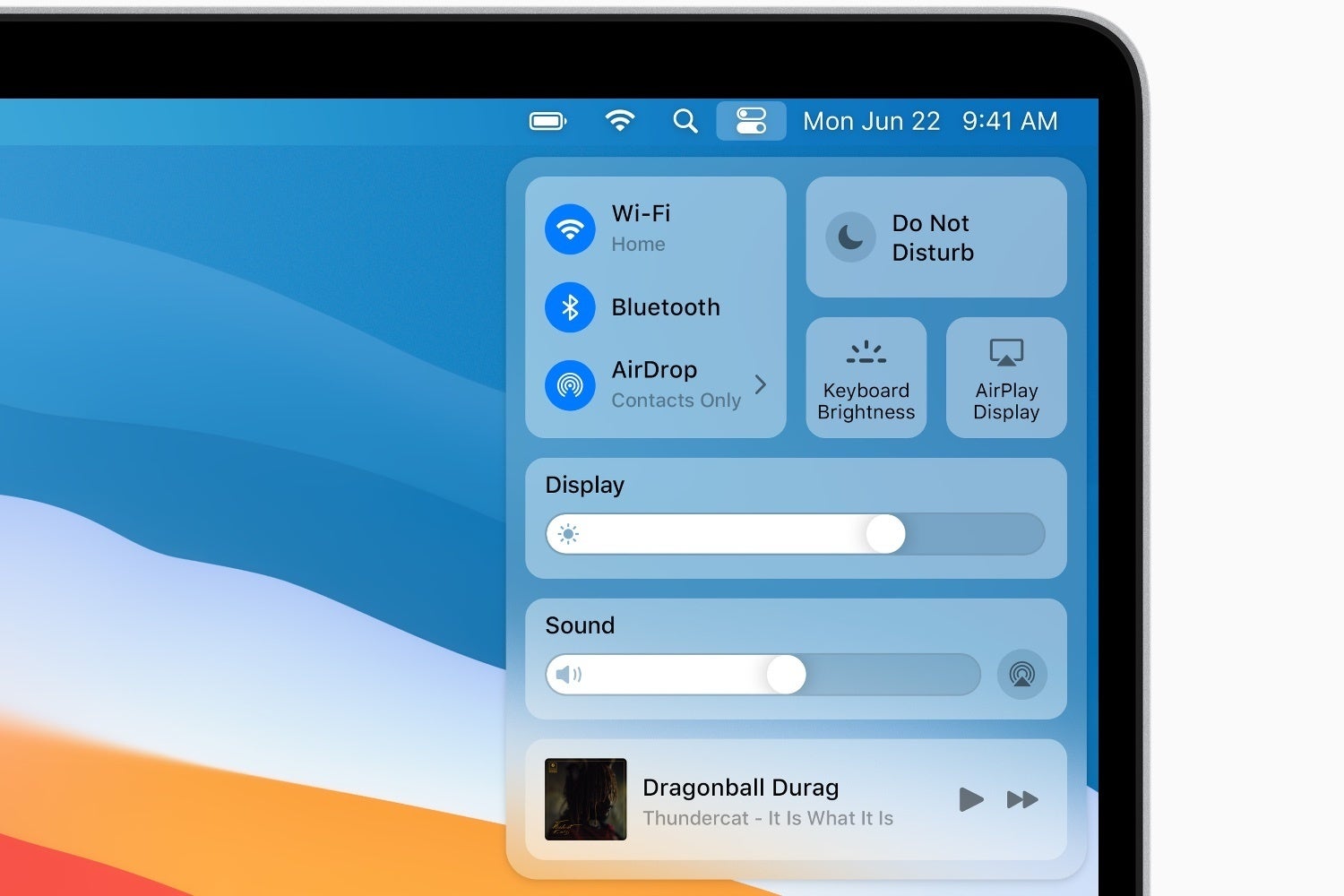

Once you have made your changes and tested them, you need to put them back in the database for safekeeping and so that others can see them.If you change your mind, you may want to revert to the last state of the file.Some systems require you to tell the database you are working on them, but some (like CVS) allow you to just modify the files at will and submit all the changes when you are done. Once you have files in the database, you need to be able to modify them.

This includes all the files you have now and any new files you may wish to add. Now that you have a database, you need to be able to add files to it.Generally, all you need to know is where it is. This may be on a local file system (Projector, PVCS) or on a TCP file server (CVS, Perforce) or somewhere else. First of all, a database must be set up somewhere.There is a general sequence of events that happens when you use most version control systems. All systems have some notion of a database that stores the various versions of a file. All of them deal with the issue of interaction between developers, although there are many different ways of doing this. Most of them also include facilities for tracking groups of files (although PVCS does not). Version control systems are a means of tracking various versions of a set of files. I will be using the CodeWarrior Version Control menu terminology as it provides a simple interface to an abstract version control system, and I will using examples from various source control systems, including Projector, CVS, Perforce and PVCS, all of which have CodeWarrior VCS plugins. In this article, I will present all the basic version control commands and discuss the problems that they solve. This article is intended to introduce the basic concepts of version control and discuss what specific problems it can solve for you, the small developer. Here at Electric Fish, we develop many small projects for clients that require only one developer, yet we use version control for every project. This article will attempt to convince you that there are many practical reasons to use version control, even if you are just by yourself.
#Concurrent version control for mac code#
Why should you bother with version control software? After all, you are probably use to being able to modify anything you want at any time, and the worst you might have to do is yell across the room "Dave - I'm going to work on the filter code now, so don't touch it until I'm done!" Why give up all this freedom? Maybe you are by yourself, or maybe like me you only have one other developer to worry about. So here you are, writing the next great application in your basement.


 0 kommentar(er)
0 kommentar(er)
